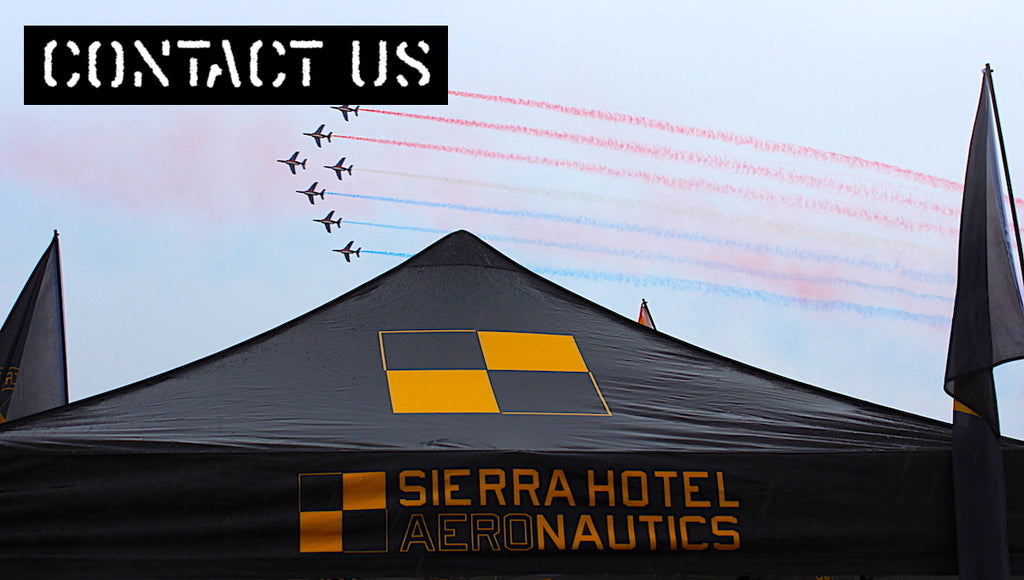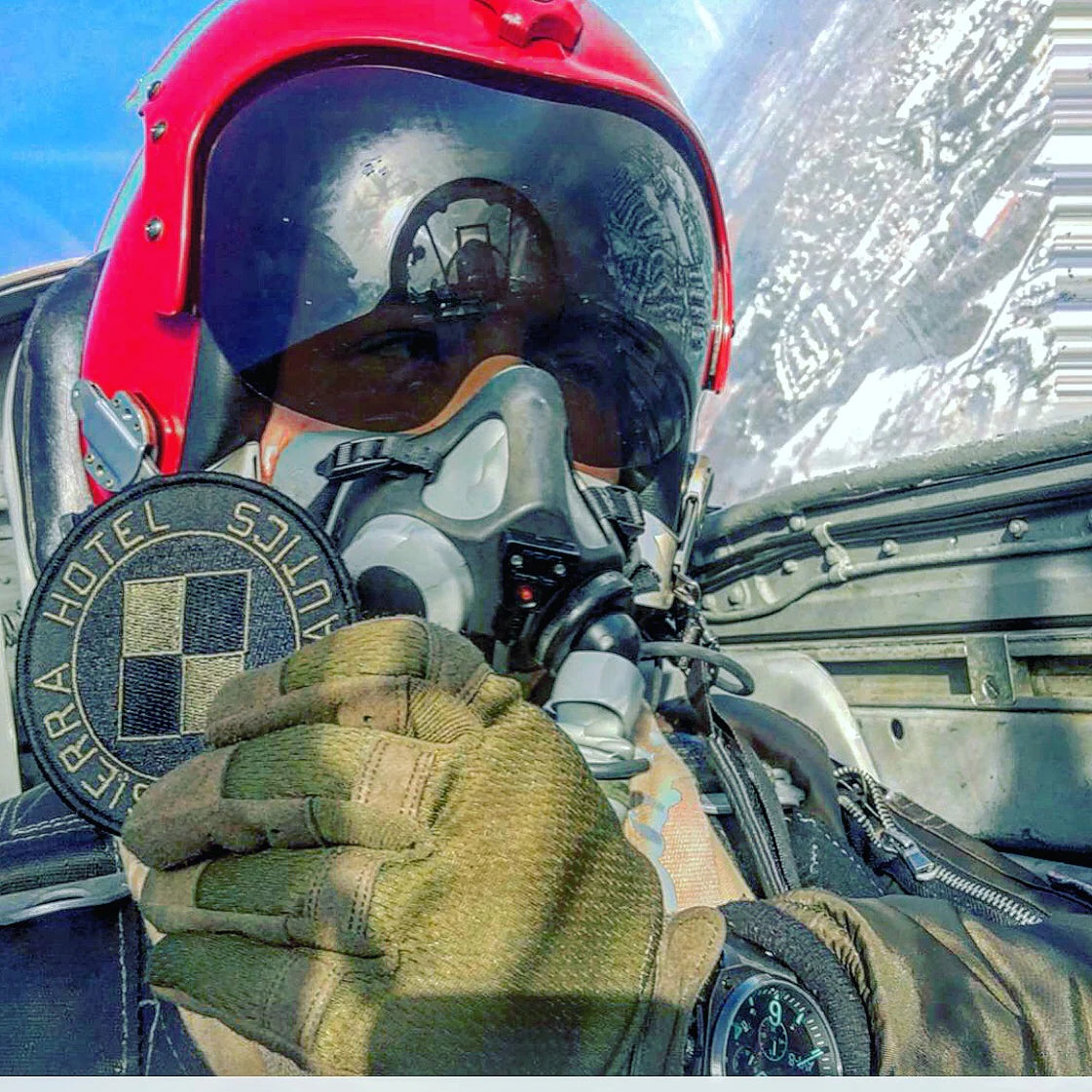Jack Northrop's Flying Wing

June 25th, 1946, Jack Northrop's Flying Wing took to the skies for the first time.
The B-35 was the brainchild of Jack Northrop, who made the flying wing the focus of his work during the 1930s. During World War II, Northrop had been commissioned to develop a large wing-only, long-range bomber designated XB-35. Northrop advocated a "flying wing" as a means of reducing parasitic drag and eliminating structural weight not directly responsible for producing lift.

In theory, the B-35 could carry a greater payload faster, farther, and cheaper than a conventional bomber. On 11 April 1941, the United States Army Air Corps sent out a request for a bomber that could carry 10,000 lb of bombs to a round-trip mission of 16,000 mi. The requested performance was a maximum speed of 450 mph and a service ceiling of 45,000 ft. This aircraft would be able to bomb Nazi-occupied Europe in the event that Britain fell.

On 25 June 1946, Northrop Corporation experimental test pilot Max R. Stanley and flight engineer Dale Schroeder made the first flight of the Northrop XB-35 “Flying Wing”, from the factory’s airfield at Hawthorne, California, to Muroc Army Air Field (now, Edwards Air Force Base). The total time for this flight was 55 minutes.
The XB-35's engines and propellers were AAF property and had not been tested for engine-propeller compatibility by either Pratt & Whitney, Hamilton Standard, or the AAF, which bought them at Wright Field without testing them or assuring reliability.

The very efficient contra-rotating propellers began failing with frustrating frequency. Meetings were called by Northrop, of the AAF, Pratt & Whitney and Hamilton Standard, where no one would take responsibility for correcting the AAF's engines and propellers. In addition, the AAF failed to supply the AC electrical alternator, insisting on Northrop using an onboard auxiliary power unit (APU) unit driven by an automotive engine, which limited the high-altitude, high-speed XB-35 to test flights below 15,000 ft. The AAF also refused to allow Northrop's proposed modification of the bomb bays to carry the standard Mk. 3 atomic bomb, while at the same time declaring the AF would not buy the bomber unless it could carry the A-bomb. Northrop reluctantly agreed to try a single-rotation propeller, which slightly increased takeoff distance and reduced rate-of-climb and maximum speed.

Problems with the drive-line continued until finally Jack Northrop himself grounded the XB-35s until the government fixed their propulsion system. Concurrently, the AAF ordered Northrop to convert two of the YB-35 airframes to YB-49s, essentially substituting eight jet engines for four reciprocating engines. As a result, the airframe promptly flew to more than 40,000 ft and topped 520 mph in flight tests, verifying the XB-35 airframe's aerodynamics, but at the price of range. The prop version had a design range capable of reaching targets 4,000 mi away, but the jet-engine version's range was cut nearly in half. The new version disqualified it for the Air Force's top-priority mission as a strategic bomber.
The program was cancelled, and the first and second XB-35s were scrapped on 23 and 19 August 1949, respectively.

There are long-standing conspiracy theories about the cancellation of the Flying Wing program; specifically, an accusation from Jack Northrop that Secretary of the Air Force Stuart Symington attempted to coerce him to merge his company with the Atlas Corporation-controlled Convair. In a 1979 taped interview, Jack Northrop claimed the Flying Wing contract was cancelled because he would not agree to a merger after all, Convair's merger demands were "grossly unfair to Northrop." When Northrop refused, Symington supposedly arranged to cancel the B-35 and B-49 programs. Symington became president of Convair after he left government service a short time later.
Northrop dabbled in real estate and lost much of his personal fortune. In 1976, with his health failing, he felt compelled to communicate to NASA his belief in the low-drag high lift concept inherent in the flying wing. NASA replied that the idea had technological merit, comforting Northrop that his flying wing concepts hadn't been completely abandoned. By the late 1970s, a variety of illnesses had left him unable to walk or speak.

Shortly before his death in 1981, he was given clearance to see designs and hold a scale model of the Northrop Grumman B-2 Spirit Flying Wing, which shared many of the design features of his YB-35 and YB-49 designs.
Northrop was reported to have written on a sheet of paper, "Now I know why God has kept me alive for 25 years".












I’m sure I’ve seen a picture of Jack Northrop in a wheelchair looking at a B2 as it was rolled out.
I’ve read he was taken to a hanger to see the real thing while it was still classified. He died within a year afterwards.
Like most who report on this history you failed to appreciate or note that he leading edge sweep angle of the highly successful B-2 is identical to that of the B-35 and B-49. Jack got it right.
Leave a comment